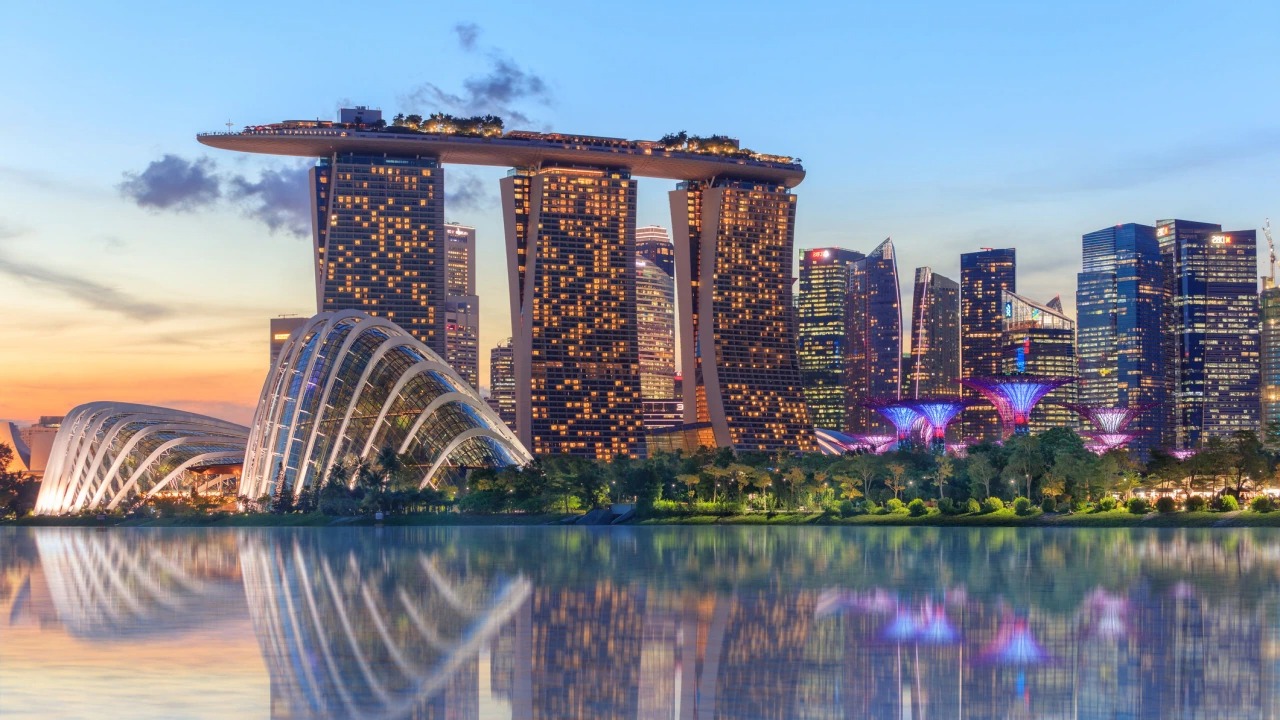Unlocking The Secrets Of Singapore’s Languages

Did you know that Singapore has four official languages? This small island nation boasts a rich tapestry of cultures and traditions, reflected in its diverse linguistic landscape. English, Mandarin, Malay, and Tamil are the official languages, each playing a unique role in daily life. English serves as the main language for business and education, making it easy for visitors to communicate. Mandarin connects the Chinese community, while Malay, the national language, ties back to the region's roots. Tamil represents the Indian community, adding another layer to the cultural mix. Curious about how these languages coexist and shape Singapore's identity? Let's dive in!
Singapore's Multilingual Landscape
Singapore, a melting pot of cultures, boasts a rich tapestry of languages. This vibrant city-state has four official languages, each reflecting its diverse heritage. Let's dive into the linguistic wonders of Singapore.
English: The Lingua Franca
English serves as the primary language for business, education, and government. It unites the multicultural population, making communication seamless.
- Raffles Place: The bustling financial district where English dominates in corporate settings.
- National University of Singapore: A top institution where English is the medium of instruction.
- Orchard Road: A shopping paradise where signs and advertisements are predominantly in English.
Mandarin: The Language of the Chinese Community
Mandarin is widely spoken among the Chinese community, which makes up the majority of Singapore's population. It plays a crucial role in preserving Chinese culture and traditions.
- Chinatown: A vibrant area where Mandarin is commonly heard in shops, markets, and temples.
- Chinese Heritage Centre: A museum dedicated to the history and culture of the Chinese in Singapore.
- Hawker Centres: Popular food courts where Mandarin-speaking vendors serve delicious local dishes.
Malay: The National Language
Malay holds a special place as the national language, symbolizing Singapore's historical roots and regional connections.
- Kampong Glam: A historic district where Malay culture thrives, with traditional shops and eateries.
- Sultan Mosque: An iconic landmark where Malay is often spoken during religious gatherings.
- Geylang Serai: A bustling market area known for its Malay heritage and festive atmosphere.
Tamil: The Voice of the Indian Community
Tamil is the primary language of the Indian community in Singapore, reflecting the rich cultural diversity of the city-state.
- Little India: A vibrant neighborhood where Tamil is widely spoken in shops, restaurants, and temples.
- Sri Veeramakaliamman Temple: A historic Hindu temple where Tamil is used in religious ceremonies.
- Tekka Centre: A bustling market and food center where Tamil-speaking vendors offer a variety of goods.
Singlish: The Unique Blend
Singlish, a colloquial form of English mixed with local dialects, is a unique linguistic phenomenon in Singapore. It captures the essence of the city's multicultural identity.
- HDB Estates: Residential areas where neighbors often converse in Singlish.
- Coffee Shops (Kopitiams): Local eateries where Singlish is the norm among patrons.
- Public Transport: Buses and trains where Singlish can be heard in everyday conversations.
Embracing Singapore's Linguistic Diversity
Singapore's linguistic diversity is a true reflection of its rich cultural heritage. With four official languages—English, Mandarin, Malay, and Tamil—the city-state offers a unique blend of traditions and modernity. This multilingual environment fosters a sense of unity among its people while preserving their distinct identities.
Exploring Singapore's languages provides a deeper understanding of its history and social fabric. Whether you're navigating the bustling streets of Chinatown, enjoying a meal in Little India, or visiting a Malay village, you'll encounter a tapestry of languages that tell the story of Singapore's past and present.
For travelers, this diversity means a richer, more immersive experience. Embrace the opportunity to learn a few phrases in each language. It will not only enhance your visit but also show respect for the local culture.

